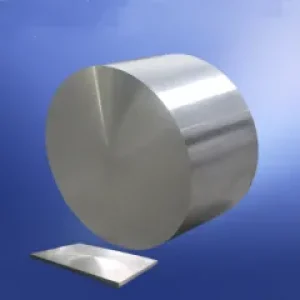Carbides are a class of compounds composed of carbon and a less electronegative element, typically a metal or semi-metal. Different types of carbides exhibit varying properties depending on the specific element they are combined with. However, some general parameters that can describe carbides as a group include:
- Chemical Formula: Carbides usually have a formula of MC, M2C, or even more complex, where M represents the metal/semi-metal element.
- Structure: Carbides can form different structures, including interstitial (where carbon atoms occupy spaces between metal atoms in a metallic lattice), complex (comprising both ionic and covalent bonds), and salt-like (primarily ionic).
- Hardness: Many carbides are exceptionally hard materials due to their strong covalent or metallic bonding. For example, tungsten carbide (WC) and titanium carbide (TiC) are among the hardest materials used in cutting tools.
- Melting Point: Carbides generally have high melting points due to their strong atomic bonds. Tungsten carbide, for instance, melts at around 2870°C.
- Thermal Stability: Most carbides are stable at high temperatures, making them useful in high-temperature applications like furnace components and rocket nozzles.
- Chemical Stability: The stability varies; some carbides are highly resistant to corrosion (e.g., Zirconium carbide), while others may react with water or acids.
- Electrical Conductivity: Metallic carbides tend to be electrically conductive, while non-metallic or semi-conducting carbides may have variable conductivity.
- Thermal Conductivity: Many carbides exhibit good thermal conductivity, which is beneficial for heat management applications.
- Density: Carbides are typically dense materials. For example, tungsten carbide has a density of about 15.63 g/cm³.
- Grain Size and Microstructure: The size and distribution of grains can significantly impact the material’s mechanical properties, such as hardness and toughness.
- Formation Methods: Carbides are often synthesized through carburization processes (reacting metals with carbon at high temperatures), chemical vapor deposition (CVD), or other advanced synthesis techniques.
-
Applications: Carbides find use in a wide range of industries including tool manufacturing, mining, aerospace, and defense due to their hardness, wear resistance, and ability to withstand extreme conditions.
